Learn about how to block oxidation failure in carbon nanotubes for application in thermoacoustic devices.
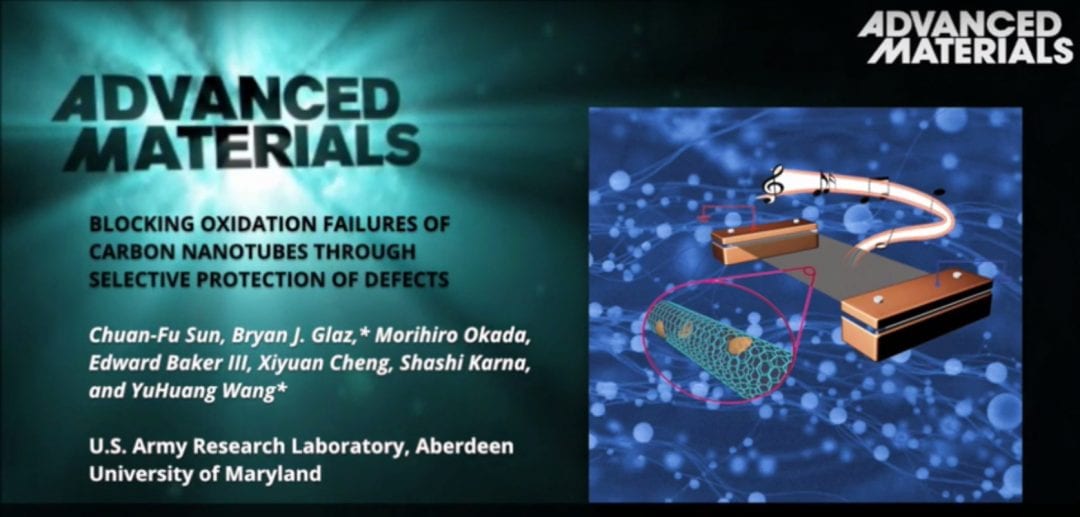

Learn about how to block oxidation failure in carbon nanotubes for application in thermoacoustic devices.
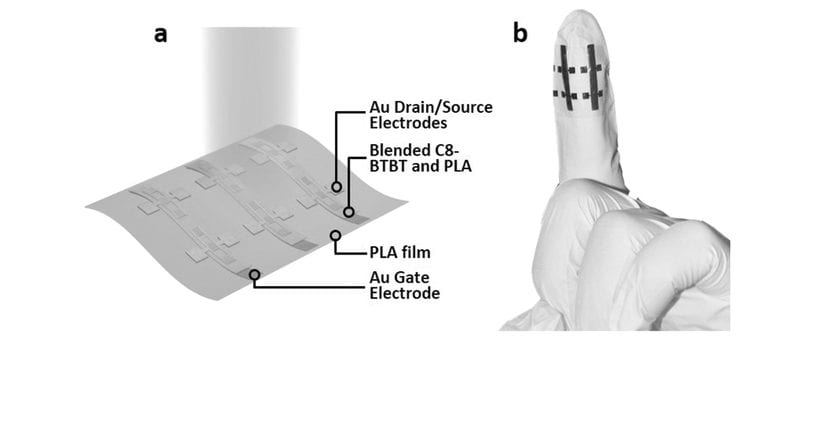
Printable and flexible organic phototransistors with high performance by blending common organic semiconductors with biocompatible polymers.
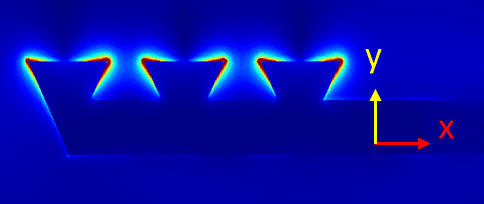
Researchers from Peking University demonstrate that a plasmonic contact electrode can enhance the performance of carbon nanotube infrared detectors.

A new protocol is introduced for the quantitative analysis of 2D materials at the nano- and meso-scale fragmentation.
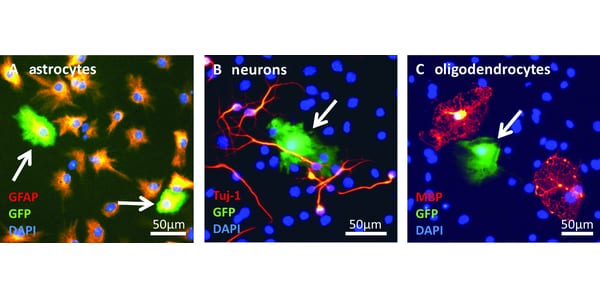
The first description on the use of oscillating magnetic fields for magnetic nanoparticle-mediated (MNP) gene transfer to neural stem cells NSCs.
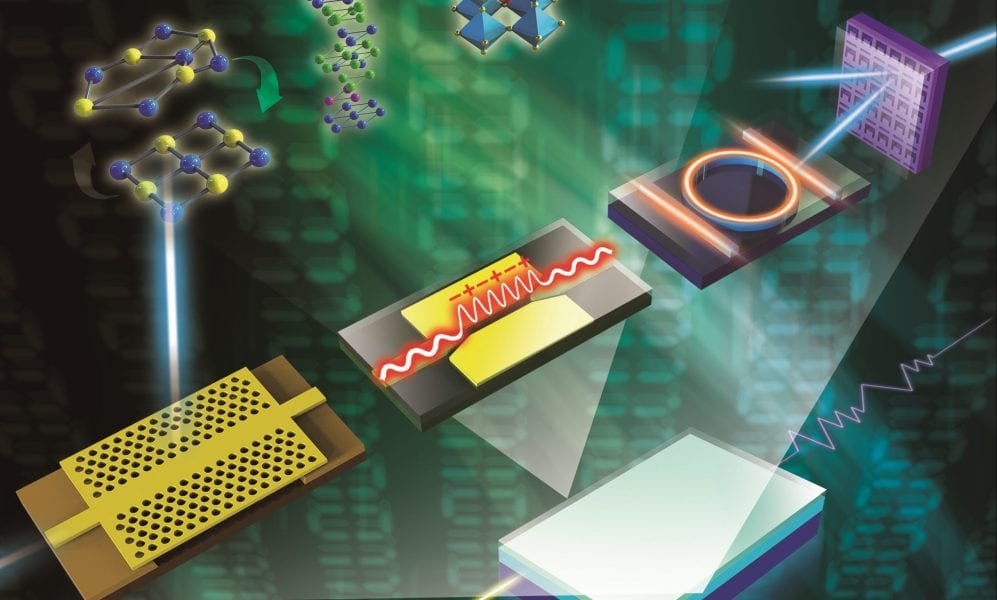
The month’s top articles from the field of nanooptics, optoelectronics, metamaterials, optical devices, detectors & sensors, micro/nano resonators and more.
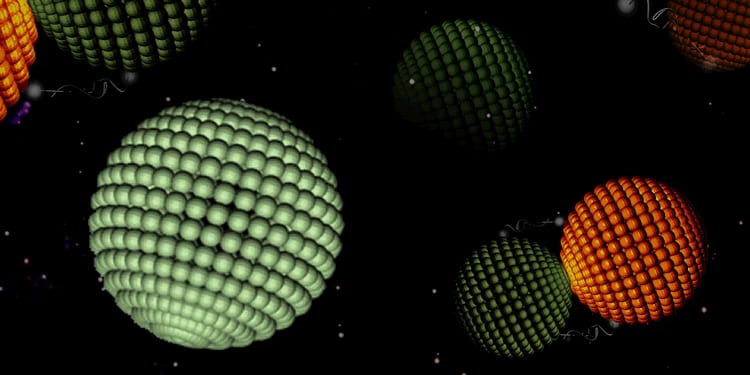
Porous liposomes can provide a suitable environment for controlled nanoreactions admitting molecules of a specific size only.
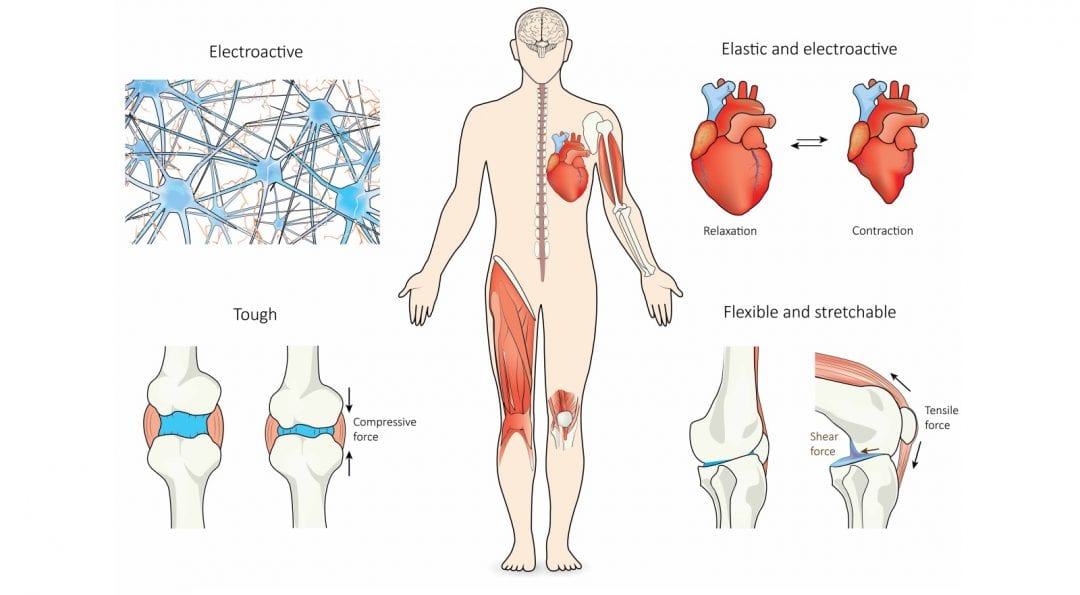
Recent advances in the fabrication and application of nanocomposite hydrogels for load-bearing and electroactive tissue replacement.

Towards customizable and biomimetic 3D-printed cardiac construct with contractile properties for drug testing.
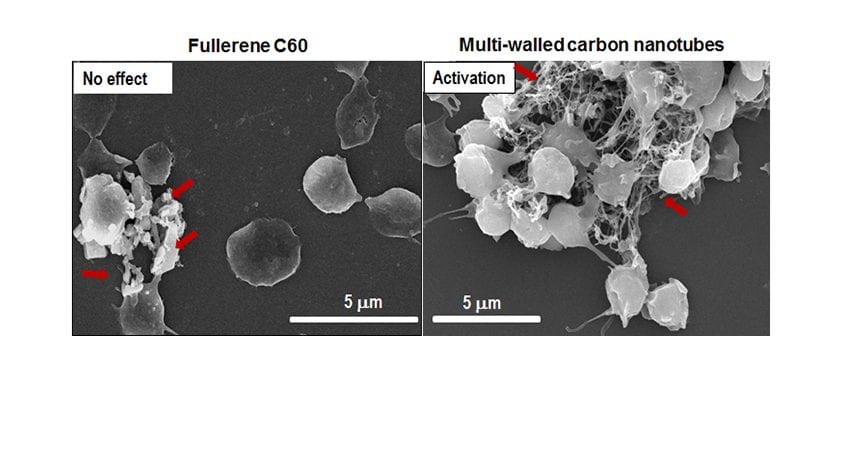
Investigating how nanomaterials interact with the components involved in blood coagulation is an important step towards utilizing nanomedicine safely without causing dysregulation of hemostasis that could result in serious thrombotic and/or hemorrhagic pathologies.